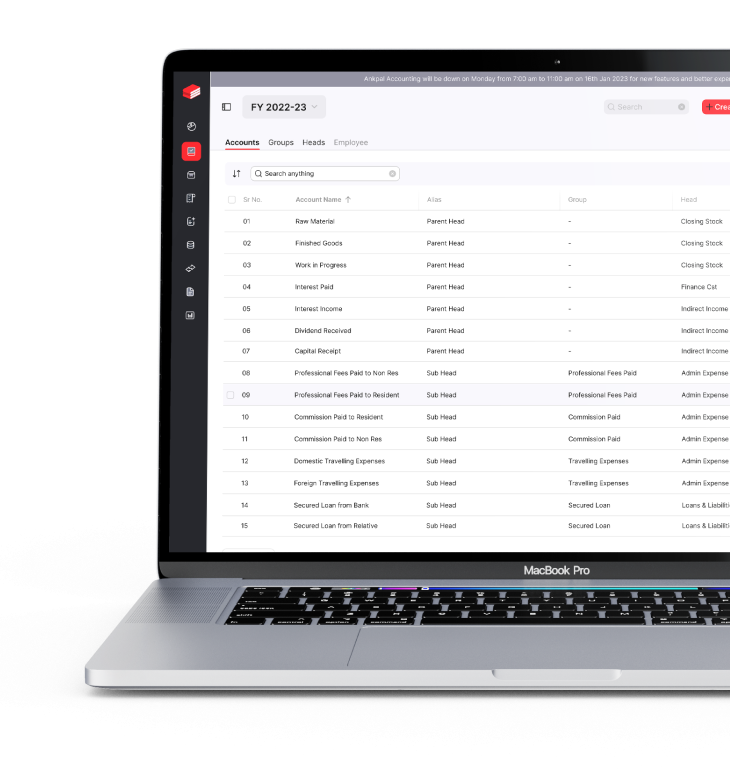
As soon as the digital rupee is integrated into India's monetary system, its impact can be expected to sweep across the country. As digital currencies have emerged, money perception and transactions have changed worldwide. A key part of this blog post is examining the Indian financial system due to the Digital Rupee.
Understanding the Impact of the Digital Rupee
It is important to understand what digital currency brings to the table to understand its impact better. CBDCs can be programmed, i.e., created and circulated for specific purposes, people, or periods. Government funds, for example, can be misused or embezzled in cash form. With CBDC, government, and private players can ensure that funds designated for specific purposes are used for those purposes only. Through CBDC, the government can strengthen its digital payments presence.
Economic impact of the Digital Rupee in India
There are so many impacts of the digital rupee on the Indian economy, as below:
Disrupting the Money Transfer Service Industry:
As digital currency in India is compatible with international currencies, it may disrupt the money transfer service industry worldwide since transactions will run at high speed, 24/7.
Achieving a Cashless Economy:
Many people are attracted to the anonymity of physical cash, which can only be replaced for a while. As financial inclusion increases through the e-Rupee, cashless payments should also increase.
Better Implementation of Government Schemes:
The CBDC can be programmed for specific purposes and periods to enable Direct Beneficiary Transfers to be earmarked for special purposes. The government will only accept payments for LPG grants at designated locations. If you receive an LPG grant in CBDC, you can use it only to pay an authorized LPG agency digitally.
Impact of the Digital Rupee on Indian Businesses
Many businesses prefer digital rupee over cash transactions because the risks associated with cash transactions include the following:
- Cash being torn or damaged
- Cash being stolen
- Susceptibility of errors in accounting
- Prone to fraud and money laundering
By introducing the Digital Rupee, these risks are eliminated. As digital currencies exist online, they cannot be damaged or torn. Cash moves from one party to another so often that keeping track of its movements is impossible. Cryptocurrencies are the world's most important secure payment systems - hacking into a blockchain network requires quantum computing, and the RBI has ensured protection against it.
Impact of the Digital Rupee on Individuals
CBDC will impact common people in the following ways:
- Faster money transfers and settlements.
- Users will save money by reducing transaction costs. CBDC-based remittances will also be faster and cheaper for international money transfers
- In CBDC, remittance and transfer services will be available 24x7, resulting in less downtime.
- There is a way to avoid carrying and storing physical cash, as well as the problem of soiled and damaged notes.
Conclusion
Dimensions of Indian society benefit greatly from the Digital Rupee, as we just saw in the report. Banks will be able to manage and operate cash more efficiently with the launch of the digital rupee. India's cash placement and tracking are challenges. To move towards a cashless economy, the government will save operational, printing, distributing, and storing costs by leveraging advanced technology.








